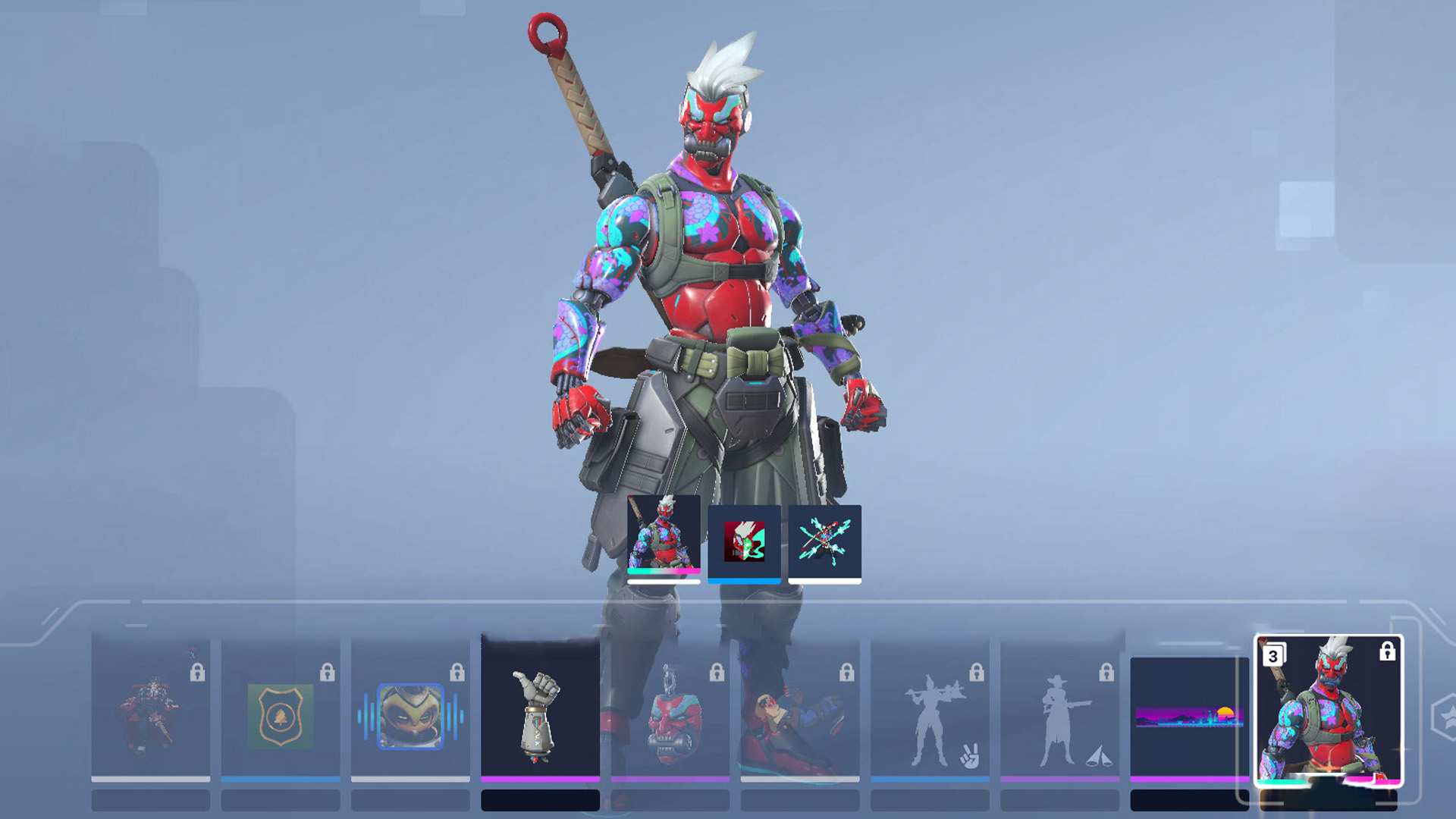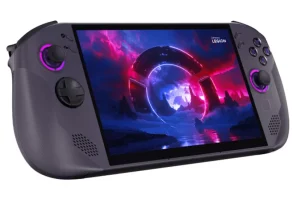Editorial: Gaming / Facebook / Twitter / Youtube / Instagram / News / Discord /Telegram / Google news
Overwatch 2 debuted a few days ago and multiple controversies reared its head. The move to a free-to-play model brought with it a new form of business that unsurprisingly divided fan opinion and set off alarm bells. But what is this concern about?
The new installment of the hero shooter once again put the controversial issue of payment systems present in the gaming industry under the spotlight. Is Blizzard to blame for mimicking current trends in its attempt to survive in an increasingly competitive environment?
Related Video: Overwatch 2 – “Junker Queen” Story Cinematic Trailer
Overwatch 2 and its controversial monetization model
The sequel to the 2016 FPS represented a clean slate in many ways. How players earn rewards is one of the most heavily modified issues, though it’s hard to tell if this is for better or worse. The truth is that the community is skeptical.
The loot boxes have disappeared to welcome a Battle Pass and an in-game store that offers items in exchange for a digital currency that can be purchased with real money or slowly obtained by completing weekly challenges.
The monetization model of Overwatch 2 is very similar—if not identical—to free-to-play experiences like Fortnite. Why are fans upset if it was what was expected? The problem with this new installment is the title that precedes it and the philosophy that it put on the table.
It is clear that big changes generate rejection, and this case shows that players are willing to accept a “lesser” evil in order to avoid a bigger or different one. Although loot boxes are far from ethical, the community got used to them.
In the new installment, users must pay up to $20 USD to obtain a skin that previously, with a lot of luck, they could have for free. While the elements of randomness that fueled gambling are gone, rewards now come at a snail’s pace due to the progression system.
Perhaps the greatest sin of Overwatch 2 it is that it goes against its own competitive philosophy since it links the unlocking of new heroes with the Battle Pass. Players must now level up to 55 to get the characters that will debut each season. Sure, it’s always feasible to pay $10 USD to skip that process.
The original title was characterized by encouraging users to change heroes in games to draw new strategies and counteract the rival team. This ideology persists, but what if, for example, the party support still hasn’t unlocked Kiriko and is unable to respond to the needs of the match? How easy will the challenges be that will unlock this and other characters when the seasons come to an end? Can they also be obtained with real money?
With these questions in the air, it is clear that the new model is less than ideal. Plus, it’s a big deal for an experience that claims to have a competitive integrity that revolves around its charismatic characters.

The monetization models in gaming; Are we in the worst moment?
The change to the free model of Overwatch 2 it is far from arbitrary. It is simply the result of new trends that, for better or worse, prevail in the industry.
For years, companies have implemented different strategies in order to monetize their projects more effectively: from the classic expansions to the controversial Season Passes. These practices evolved and adapted not only to consumer trends, but also to the most prominent genres.
Yes, abusive business models have been present for years in titles for web browsers and social networks, mobile experiences and free-to-play proposals. However, little by little they found their place in the AAA scene in pillar franchises such as Call of Duty Y Battlefieldwhich led to new projects following these strategies.

While the studios began to sell additional content such as story expansions, map packs or new playable characters, the rise of multiplayer proposals and games as a service presented a new range of possibilities. Now, they could also exploit users’ desire to stand out and fit in a social environment.
Many of the most predatory practices in mobile and free-to-play video games found their way to AAA titles on PC and consoles. That’s right, we’re talking about loot boxes and micropayments that feed a pay-to-win environment. Machiavellian projects of the stature of Star Wars: Battlefront II They pushed those business models to unimaginable limits, prompting governments to start looking into the matter.
While loot boxes are under the scrutiny of regulatory bodies in various countries, companies gradually left them behind to bet on other systems. Along these lines, Battle Passes, rotating content from digital stores, and gacha are the trends that predominate today.
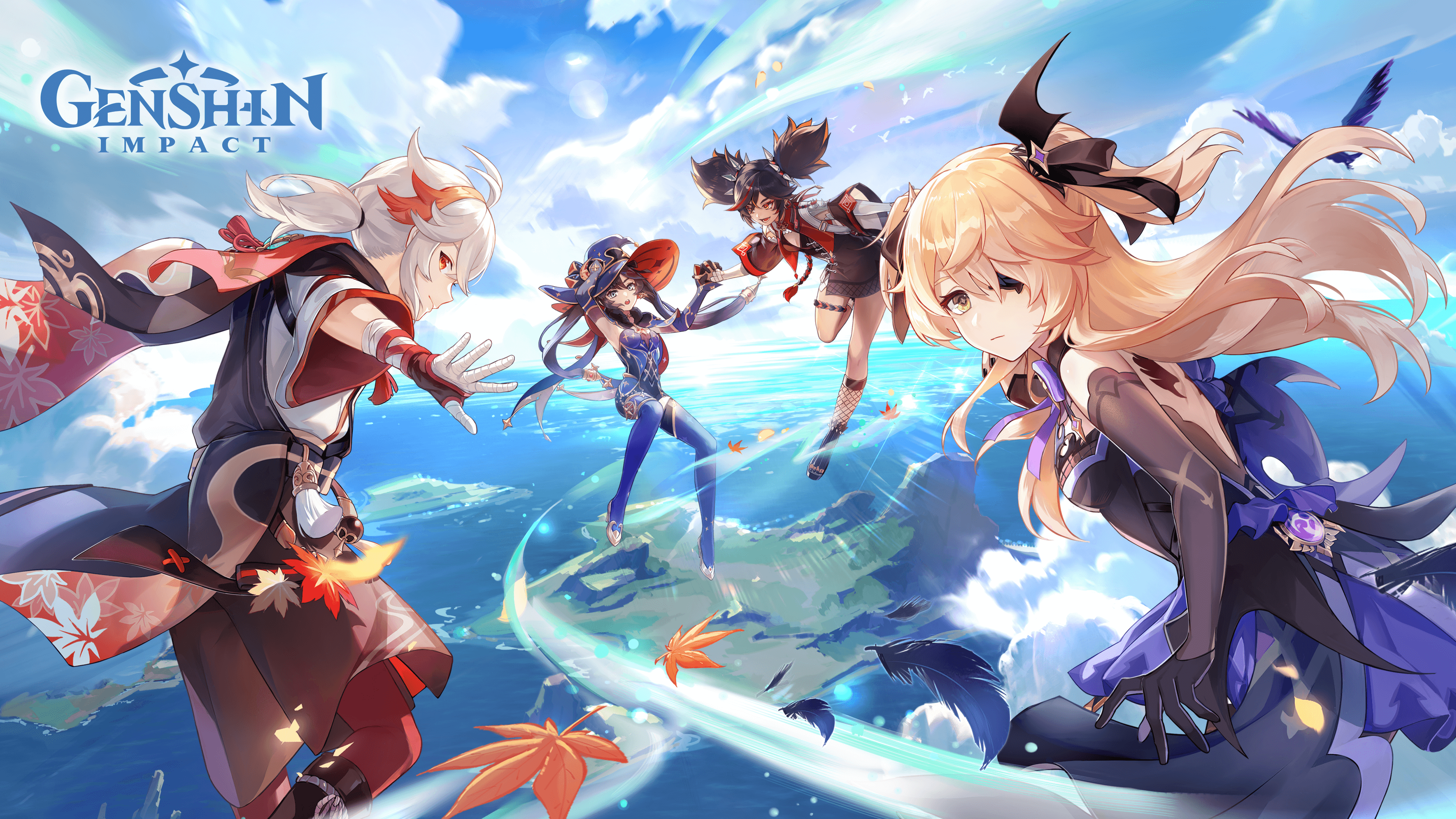
Are we at the worst point in the history of monetization? It is difficult to know, but it is undeniable that a large part of the launches, both free and paid, follow these new strategies that allow users to be hooked by turning to psychological issues such as the sense of belonging and FOMO, that is, fear to miss something or be left behind. Therefore, it is not surprising that companies want to have their own game as a service to exploit these sensitivities.
Are microtransactions here to stay?
In an environment in which free-to-play and full-price launches rely on increasingly invasive monetization models for the sake of greater economic benefit, the industry outlook looks unfavorable for critics of micropayments and content Paid DLC.
Despite the discontent generated by these practices, the reality is that they are very profitable. In 2021, for example, Activision Blizzard earned over $1B in 3 months from microtransactions on their projects. In case of Devil Immortal It is also worthy of study, because despite sailing through murky waters and provoking the fury of the community, it managed to be a resounding success and generate multi-million dollar profits. This undoubtedly sets a distressing precedent.
The good commercial performance of Blizzard’s dungeon crawler is the result of its unclear monetization systems that unnecessarily complicate the experience. Its pay-to-win nature is the manifestation of some of the worst practices that exist, so it is not surprising that it is under the scrutiny of nations such as Belgium and the Netherlands. That’s how serious the situation is.
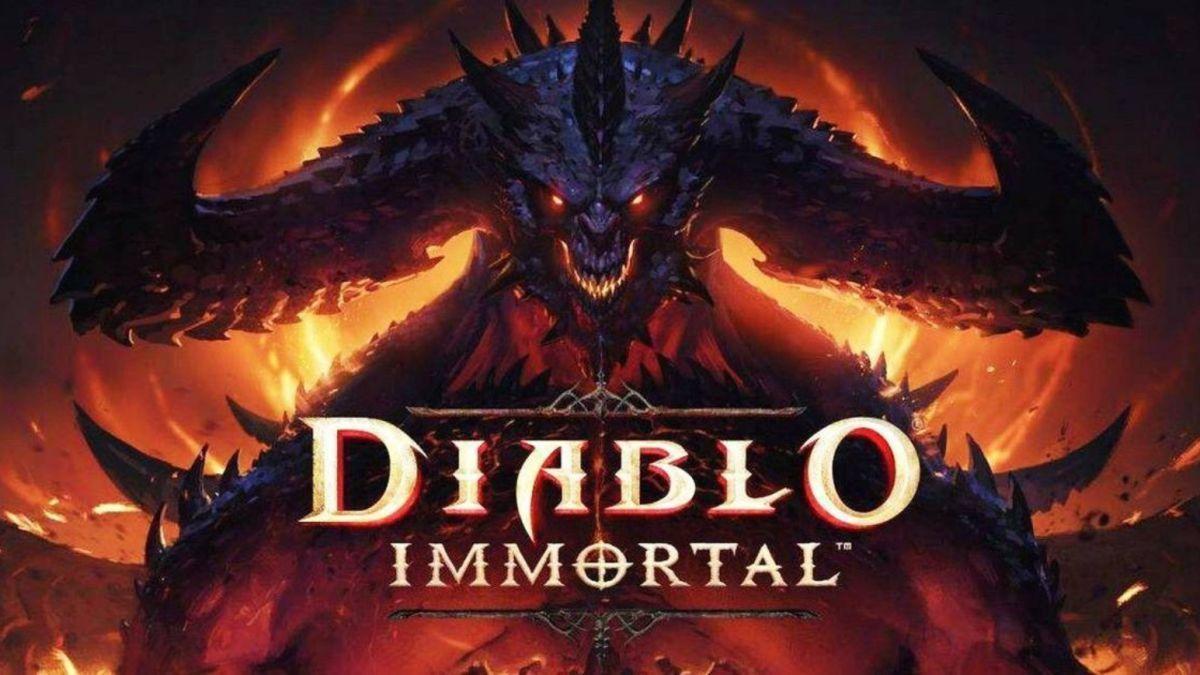
Despite the fact that the gaming industry ensures its self-regulation in an attempt to avoid government intervention, titles such as Devil Immortal directly attack that goal. In the end, abusive models that potentially target users could change the landscape forever if not kept in check.
Furthermore, it is clear that these unethical trends shape the perception of new consumers. The young generations that grew up with the rise of titles as a service and free-to-play see micropayments and other monetization strategies as something normal. For example, 56% of gamers between the ages of 13 and 17 who participated in a study by the firm Bain & Company said they are willing to spend money to obtain benefits and unlock content.
History shows that the industry is not a static entity. Overwatch 2 it is a reminder of this and that the passage of time brings with it paradigm shifts on all fronts. The original 2016 installment debuted in a context where a $60 USD proposal for a new multiplayer IP was permissible. Without a doubt, a launch of that nature today has everything to lose.
With proposals like Fortnite, apex legends Y VALORANT At the top, it became clear that times have changed and companies must adapt or die. Fall Guys Y Rocket League they had to adopt the free-to-play model to keep the fuse burning, so it was predictable that Blizzard would go down the same path.
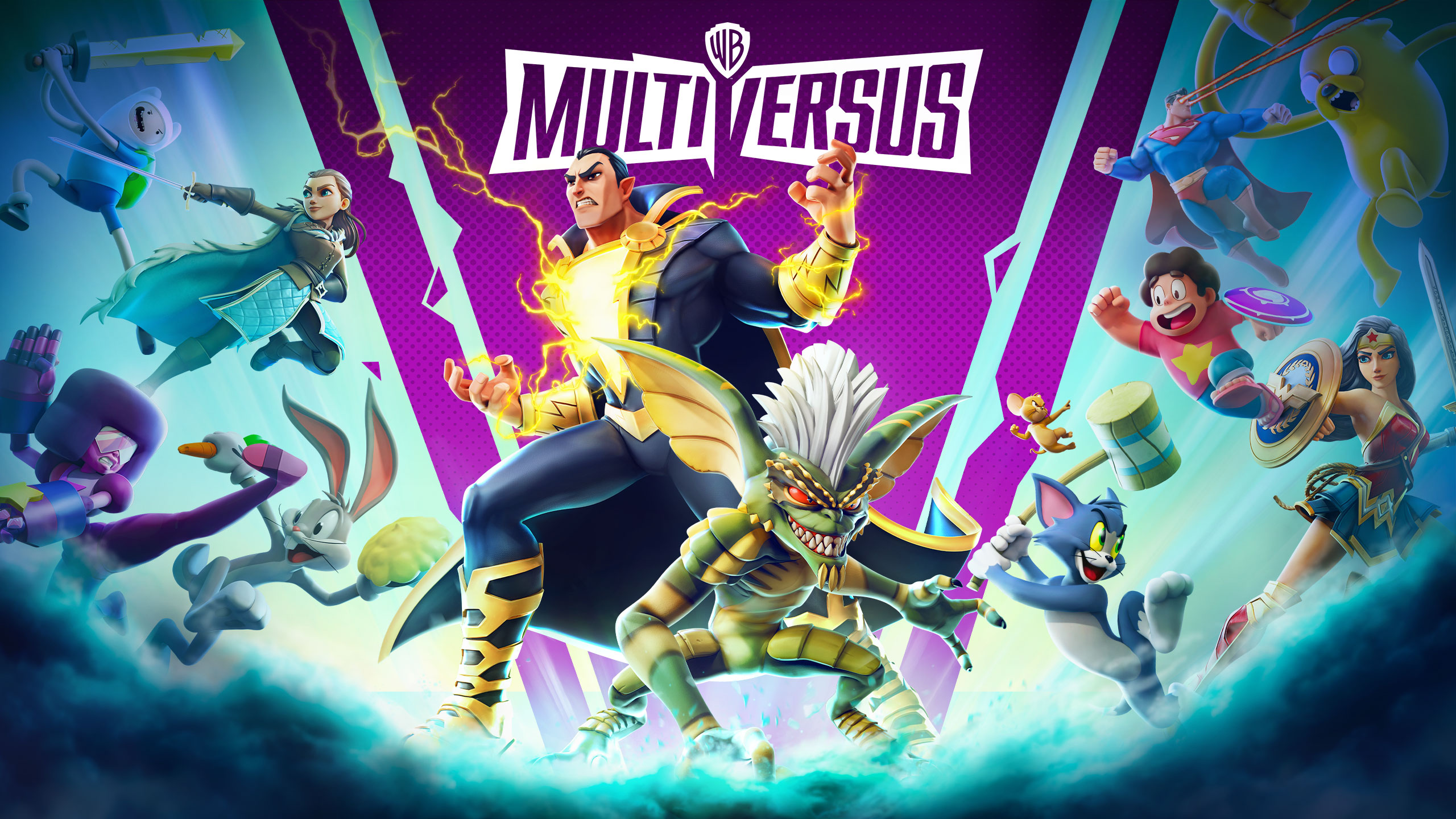
is it wrong that Overwatch 2 try to fit your business model to current fashions? Absolutely not, but it’s undeniable that there is a lot of room for improvement in the way players earn rewards in this and other contemporary games.
In the end, the sequel to the hero shooter presented a monetization system that is neither better nor worse than that of the 2016 game… it’s just different and the result of current times. With Battle Passes and micropayments at their peak, it’s clear that these and other practices are here to stay. Our hope? That something friendlier for the user arises or, failing that, that is not worse than what already exists.
But tell us, do you consider that current business models are bad for the industry and represent a danger for gaming? Share your opinion with us in the comment box.
You will find more news related to Overwatch 2 if you visit this page. Alternatively, click here to read more about microtransactions.
Related video: Video games (as we knew them) are going to die


![[Img #74664]](https://thelatestnews.world/wp-content/uploads/2024/12/James-Watson-The-controversial-genius-behind-the-double-helix-150x150.jpg)







